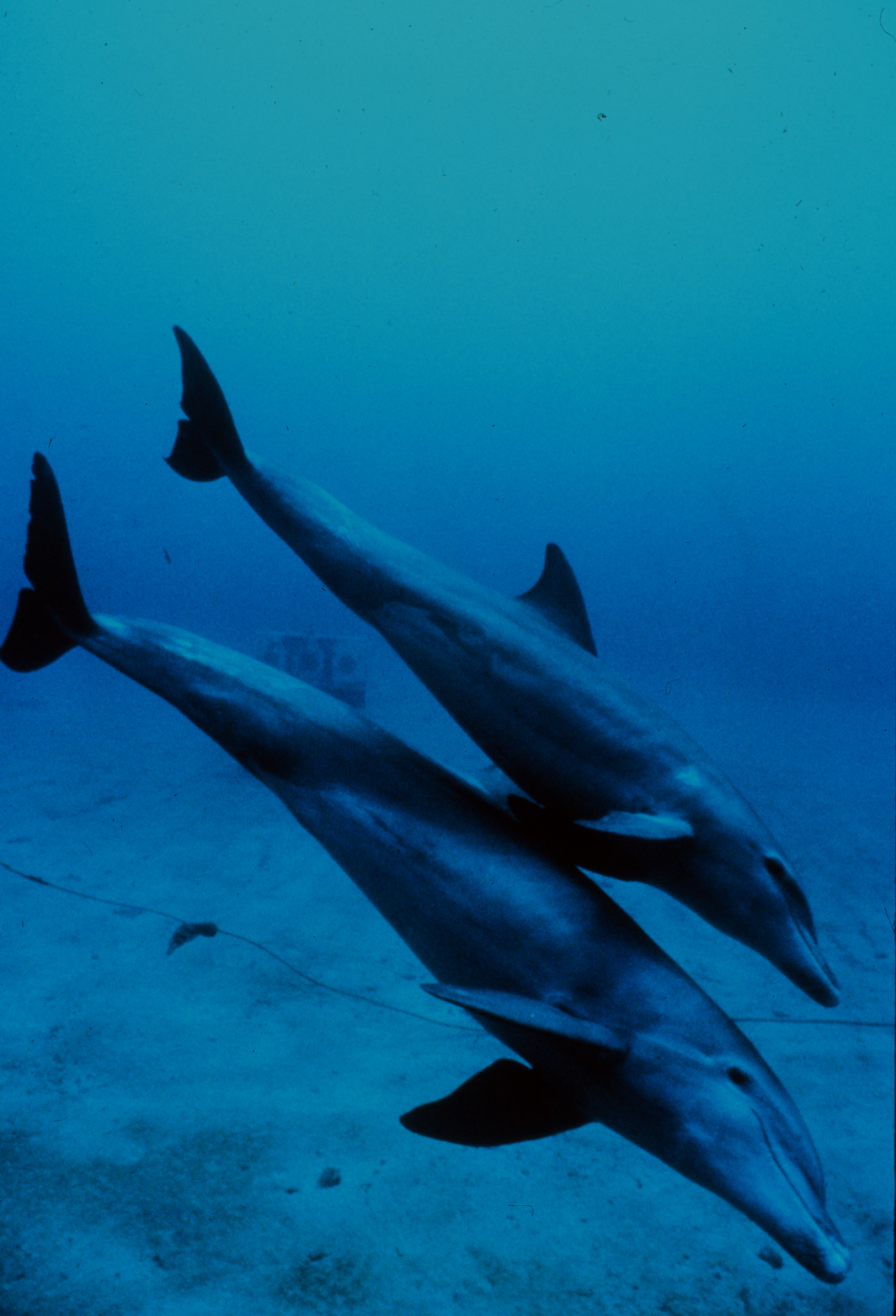The Biodiversity Action Plan (or BAP) is an internationally recognized program that has been adopted by countries around the world to help preserve biodiversity in the environment. Australia, St. Lucia, Tanzania, the UK, the U.S., and Uzbekistan have taken the lead in biodiversity protection.
Australia
Australia's BAP plan involves preserving the Great Barrier Reef. Even though the GBR is one of the healthier reefs in the world, there is still concern over environmental damage that is caused by poor water quality from land use practices.
St. Lucia
The BAP concerning St. Lucia is in place to deal with the large number of tourists visiting the country. The problem with tourism is the fact that the carrying capacity for human use and water pollution discharge of sensitive reef areas was exceeded by the year 1990. The St. Lucia BAP features significant involvement from the University of the West Indies. Specific detailed attention is given to three species of threatened marine turtles, to a variety of vulnerable birds and a number of pelagic fishes and cetaceans. In terms of habitat conservation the plan focuses towards biologically productive swamps which have been put under governmental protection since 1984.
Tanzania
Tanzania has really taken a step to develop it's BAP initiative. Almost a quarter of the country's land has been set aside as a wildlife reserve. The government has opened the country to tourists which are invited to experience the beauty of the national parks. Tanzania is one of the most wild countries on earth as it holds much over 20% of Africa's mammal population. The only remaining issue that BAP has to address is the increased use of Lake Manyara. Since the 1950's the increased human usage has put continuity of Lake Manyara in question.
The United Kingdom
The UK BAP not only targets the species residing within the lands of the UK, but also marine animals and migratory birds. On August 28, 2007, the revised BAP for the UK has listed 1,149 species and 65 habitats that need conservation and greater protection. The list includes the hedgehog, house sparrow, grass snake and the garden tiger moth, while otters, bottlenose dolphins and red squirrels remained in need of habitat protection.
The United States of America
26 years before the first international biodiversity convention, the US had already launched the Endangered Species Act. The act created concern for many at-risk species and because of this the US longest tracking record and best species protection program of any country. Today there are over 7000 species that are "at-risk" in the US, and recovery plans have already been ratified for about half of them.
Uzbekistan
Five major habitat areas have been identified under Uzbekistan's BAP: wetlands (i.e. swaps), desert ecosystems, steppes (plains), riparian ecosystems (rivers), and mountain ecosystems. Over 27,000 species have been inventoried in the country and are under close observation. The main threats to biodiversity in Uzbekistan are a result of over-population and are also related to agricultural intensification.
Sources:
Great Barrier Reef Marine Park Authority :: Great Barrier Reef Marine Park Authority (GBRMPA). Web. 22 Sept. 2010.
http://www.gbrmpa.gov.au/.
"Threatened Species under the Environment Protection and Biodiversity Conservation Act 1999." Department of Sustainability, Environment, Water, Population and Communities - Home Page. Web. 22 Sept. 2010. <http://environment.gov.au/biodiversity/threatened/species.html>.












